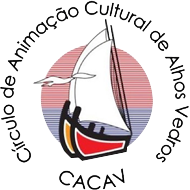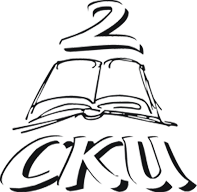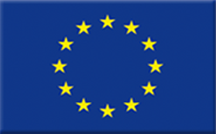Centrum Ksztalcenia Ustawicznego Nr 2 (CKU2)
Name of N-arts activity: Nauka poprzez sztukę / Learning through art
A set of art activities offered to the students in addition to their curricular studies, to help learners to open up to the arts, understand themselves, broaden their horizons, and to link art activities to disciplines of the curriculum in adult education such as mathematics, which seems to be distant.
General Data
Characteristics
o From November 2018 to November 2019
o Once every two months
o Art form: workshop
o Kind of activity: part of the curriculum, but in the extra-curricular format
Participants
o Number of participants: 25 per workshop/ ~ 100 in total
o Age: from 18 to 55
o Gender: mixed
o Social background: The majority of them were Poles. They are school dropouts who have not graduated from school in their youth because of behavioural problems, family problems, or learning difficulties. They very often were at the risk of social exclusion. Many of them are working in non-qualified jobs, predominantly doing very physical work. Their contact with arts outside the school is negligible, they very rarely, or even never, had the possibility to attend art events (museum exhibition, art performance, and others).
Framework
Description of the activity
The learners participated in workshops with art educators in the “Zachęta” Gallery.
In the second step, learners and teachers looked for ways to use the impact of art practices on adult education.
The learners designed posters that documented the learning outcomes through the practice of art: "Benefits from learning through the arts".
Intention, goals, aims
To show that the learning process not only takes place in the school environment and through typical curriculum subjects.
To enter into the world of art usually avoided by learners.
Empower learners to feel the impact of arts through the art practice.
To help learners to open up to the arts, understand themselves, broaden their horizons, develop on different levels: a cognitive, experimental, emotional.
On the basis of the experiences from the workshops, CKU2 will try to improve their courses in order to be able to respond to the special needs of the students.
To link art activities to disciplines of the curriculum in adult education such as mathematics, which seems to be distant.
Planning/preparation
Researching and analysing learners’ needs through individual interviews, discussions, suggestions etc.
Brainstorming of various ideas for the particular project approach in the project teacher group (not just what we need to do, but also how can we really make it attractive and useful for students).
Making contact with various art institutions in order to select the most relevant art activity offered to suit the adult learners’ needs.
Establishing an activity programme, booking of workshop dates, multi-level cooperation on the school area – arts: starting with the learners through teachers/the headmaster and ending with art educators.
Selecting participants: the most numerous grade was chosen in order to involve as many learners as possible in the project.
Collecting recycling materials for the school workshops; shopping of plastic/ stationery materials, didactic materials, measuring instruments; the scenario development.
Informing the public about the start of the project and its aim through talks, school board.
Teaching/Training Method
Brainstorming and mind-mapping – both helped students deal with their doubts and solve new problems but also come up with new ideas e.g. the benefits from learning through art.
Online discussion board – learners published posts and questions in a common forum and jointly tried to actively seek answers.
Learning by teaching – students prepared some kind of workshop (Origami) and presented how to create something new from recycling materials to others.
Working with authentic materials – attending the exhibitions and personal discussions about the work of art
A variation on the jigsaw puzzle – students, as a part of their group work, were to create their own artistic intervention. They had their own pieces of the puzzle (art materials + knowledge acquired during the workshop + their own intuition), but only after cooperation in their team could they obtain a complete picture of the whole puzzle. For example, the educator’s display of how to do graphics, then learners create their own models and use instruments to make the graphics; one learner presented how to fold papers and eventually create sculptures from the triangles, then learners made their own sculptures.
Outcomes
CKU2 have to deliver curricular content to their learners. In marrying the arts to education, the arts activities have to fit the syllabus. Their main focus lies in academic achievement, the artistic activity becomes a didactic tool.
The outcomes of this new approach to the teaching/learning process are:
the increase of learner motivation,
team building between learners with various social backgrounds,
instilling confidence in the learners,
connection with the world of art,
opportunity for learners to express themselves through the art activities,
seeing yourself from a different perspective,
feeling the joy of learning,
improvement of self-confidence.





